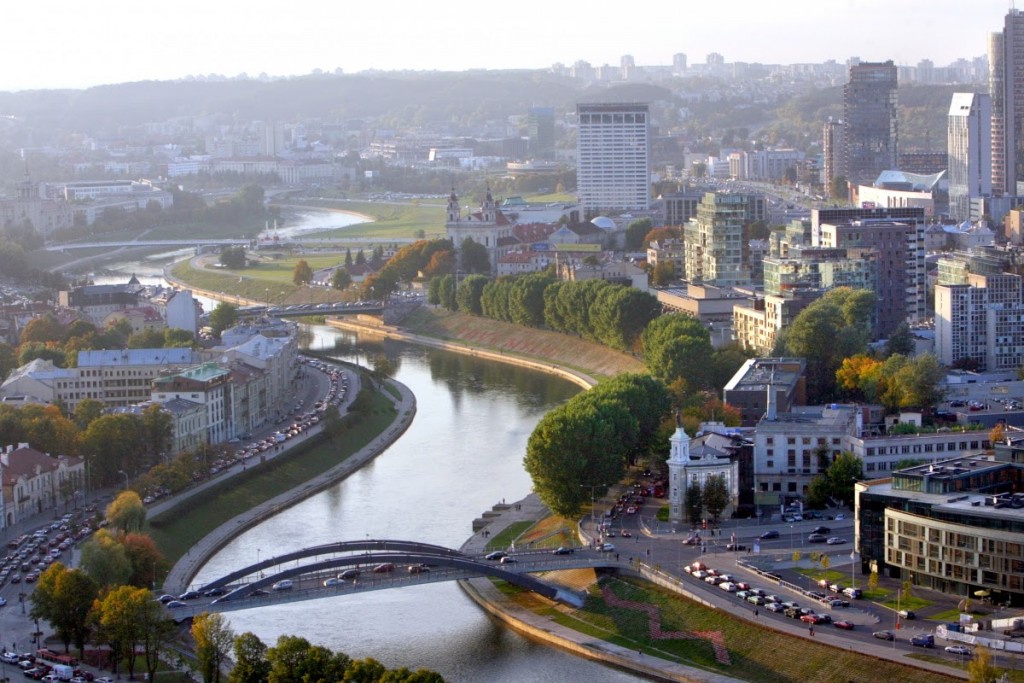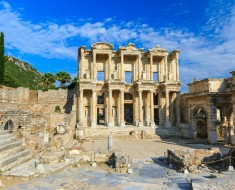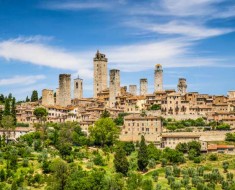Of the three Baltic countries, Lithuania in the south, is perhaps the most distinctive. ‘It feels more foreign’ one of us said. It was the last European country to remain pagan, adopting the Catholic version of Christianity in 1387 whilst its neighbours were to become protestants. Its history has been entwined with that of Poland, although Russia gained control of Vilinius in 1793, banned the Lithuanian language and closed the university in the face of growing rebellion.
Many people then and since emigrated to America.The Soviet and German invasions of the mid 1900’s replicates those of Riga and Tallinn. Today the population of 555,000 includes large Polish and Russian minorities.
Our visit coincided with very warm weather, temperatures rising to 33 degrees to the delight of local people more used to milder summers. A tour of the old and more recent parts of city led by Stephen, a quietly spoken and gracious man, revealed a mixture of architectural styles. The President’s house was pointed out to us, guarded by a casual and unarmed policeman. I was particularly impressed by the great square named after one of the many Grand Dukes who are part of city’s history (see below) leading to what for me was the impressive but welcoming St.Anne’s church.
We were taken some miles out of the city to the old capital,Trakai, set in the beautiful National Park.
Approached by a long bridge over one of several lakes, the enormous castle there has been superbly reconstructed and acts as a museum, showing some brilliantly mounted displays of the life and battles of the generations. Founded around 1330 by Grand Duke Gediminas, many communities have lived and fought there, Karaims, Tatars, Lithuanians, Russians, Jews, Poles. I wandered off having had my fill of precipitous stairways and found a settlement of very attractive wooden houses the other side of the water. There were loads of local people as well as tourists like us enjoying a hot summer’s day.
We have very happy memories of this tour* which of course was only a taster of what life is really like in the three countries, each of which maintains it’s individuality and which remains in our minds at a time of international crises.
There is the moving story of how when the U.S.S.R. was disintegrating in the early 1990’s, a human chain of more than a million people linked inhabitants from the south to the north, celebrating their immanent freedom.
B.R.
*tour operator: www.traveleditions.co.uk





